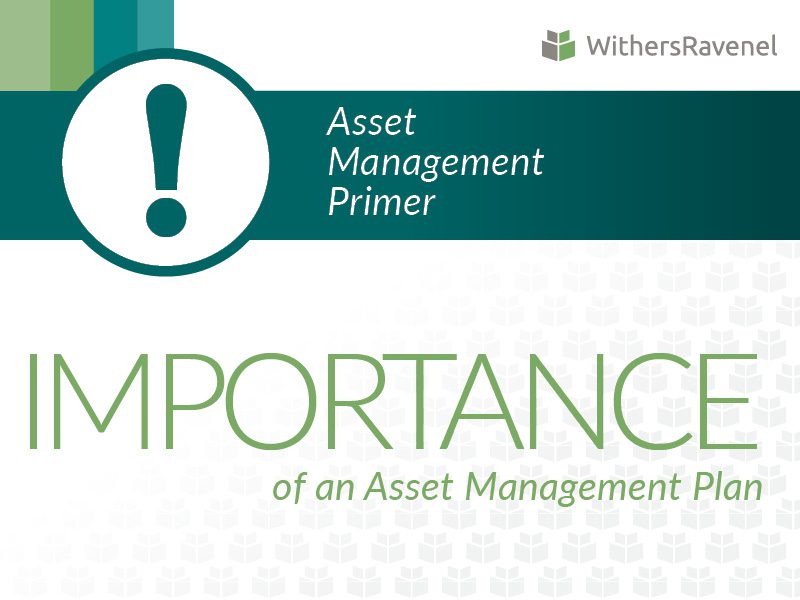
An asset management plan helps a utility owner manage their system proactively. It does this in five key ways:
- Anticipating the real service life of water, wastewater, and stormwater assets
- Predicting the location and severity of asset failure
- Budgeting personnel and funds for asset rehabilitation and replacement
- Identifying opportunities for synergy among multiple asset rehabilitation or replacement projects, including projects across multiple systems
- Providing visual depictions of the assets and/or improvements for use in presentations to key decision-makers
An asset management plan is an alternative to historical asset management strategies based on a reactionary approach. Reactionary approaches to asset management frequently involve high coststhe result of expediting emergency repairsand greater health and safety consequences.
The proactive nature of asset management planning reduces costs both directly, by cutting down on the number and severity of emergency repairs, and indirectly, by creating opportunities to combine projects and eliminate redundant project tasks or services, such as repaving the same road twice. Asset management planning also eliminates or mitigates negative impacts to people and the environment and increases overall customer satisfaction with the utility and utility operator.
Jump to Other Posts in This Series
- Introduction
- Elements of an Asset Management Plan
- Creating an Asset Management Plan
- Funding an Asset Management Plan
About Asset Management Planning at WithersRavenel
Asset management planning at WithersRavenel is provided by our Funding & Asset Management team, who focus on creating, managing, and funding utility systems as well as other kinds of projects. For more information or to start your asset management project, contact Funding & Asset Management Director Seth Robertson today.
